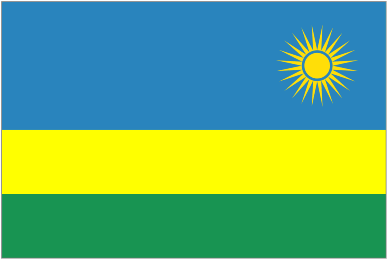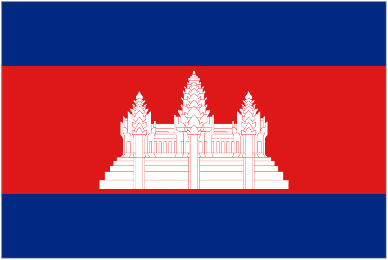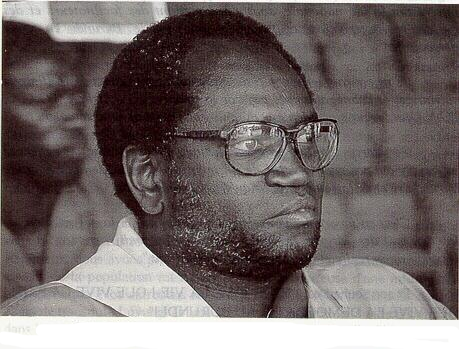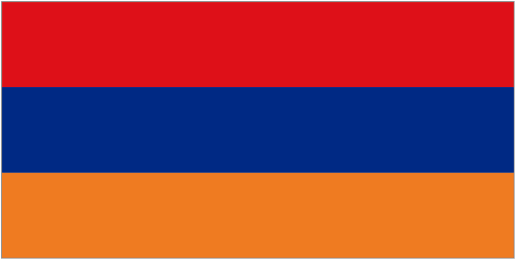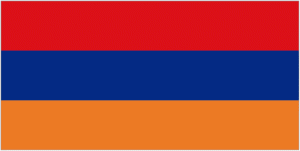January 28
“Rwanda Democracy Day, a holiday in Rwanda, which is called the African Switzerland; a civic day concerned with equality for all peoples in the nation.”–Anniversaries and Holidays, by Ruth Gregory, 1983
Just over a decade later, “Rwanda” would be synonymous, not with “African Switzerland” but with the genocidal carnage that rocked the country in 1994.
In the late 19th century, Rwanda became part of German East Africa. During World War I, when Germany invaded Belgium, Belgium returned the favor by taking German East Africa.
European colonialism exacerbated ethnic tensions and divisions between the Tutsi and the Hutu tribes. The Tutsi were the ruling minority in Rwanda. Physically, the Tutsis are slightly taller than the stocky Hutus. According to the Atlantic Monthly (June 1964):
Although they never constituted more than 15 percent of the population, [the Tutsi’s] hierarchical organization, built around a king known as the Mwami, their development of specialized warrior castes, and above all their possession of cattle enabled them to dominate the Hutu.
Ruanda-Urundi (Rwanda-Burundi) became a UN trust territory governed by Belgium.
The beginning of the end of Tutsi dominance came in 1959, when the king died without designating a successor. A two-year Civil War broke out between Tutsi and Hutu. The Hutu gained the upper hand and declared the country a republic on January 28, 1961. (Burundi remained a Tutsi monarchy.)
For this reason the country celebrated Democracy Day each January 28, but it appears not to be celebrated today, perhaps because the holiday marked the fall of the Tutsi, who in 1994 were slaughtered by the hundreds of thousands during three months of ethnically-motivated terror.
Rwandans remember the genocide each year on the anniversary of its beginning, April 7th.
15 years after the genocide, democracy is making a comeback. Rwanda held peaceful parliamentary elections in September 2008 in which women won by a landslide, making Rwanda the first nation in the world with a female-majority parliament.
Women Run the Show in Recovering Rwanda
Female Majority in Rwandan Parliament

In his inauguration speech, President Obama said that his country’s peace and democracy had been fully paid for by the blood of their forebearers and that there was no going back to the old days. This set me wondering whether, the quantity or value of the blood of our own forebearers had not been enough to buy us freedom.

